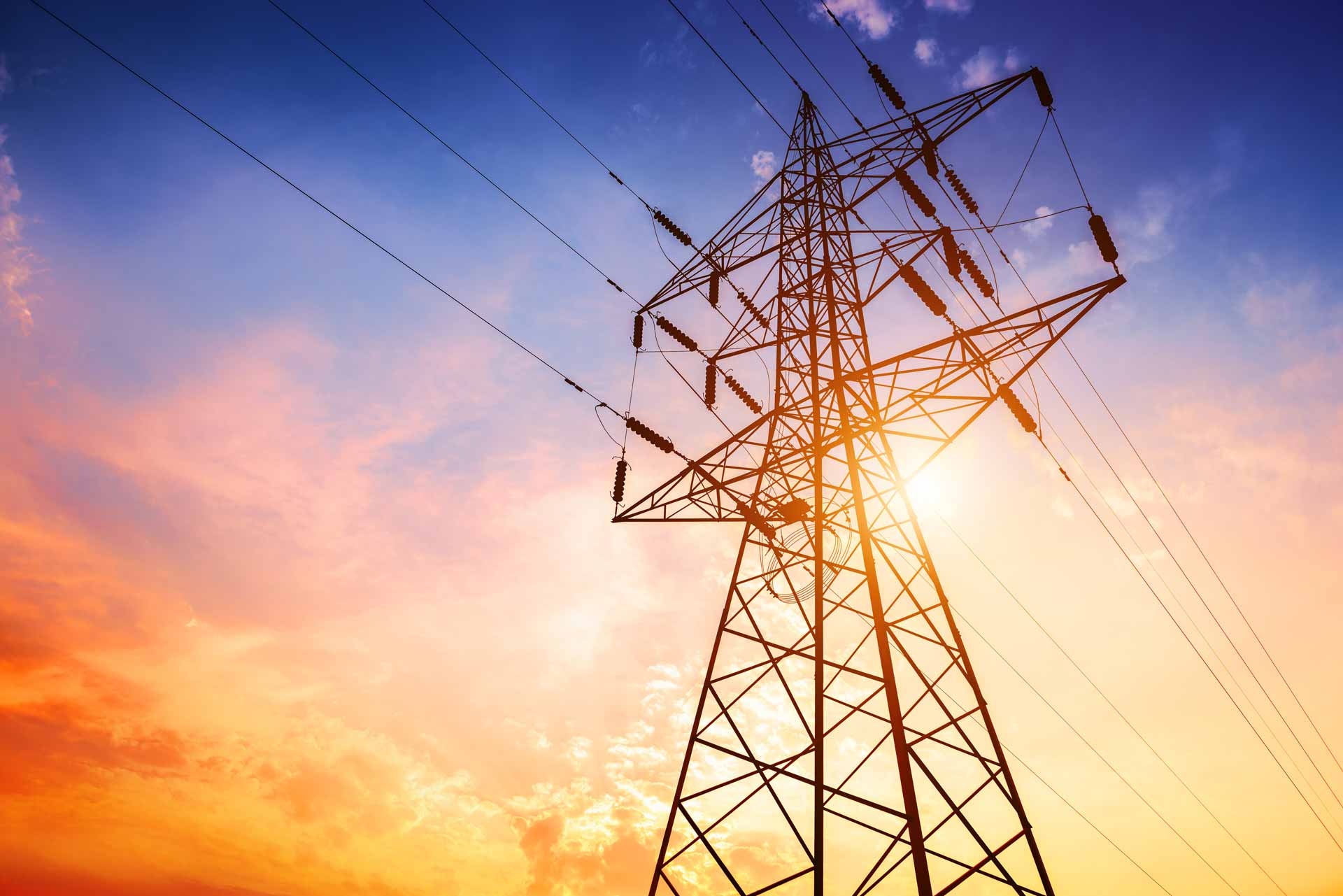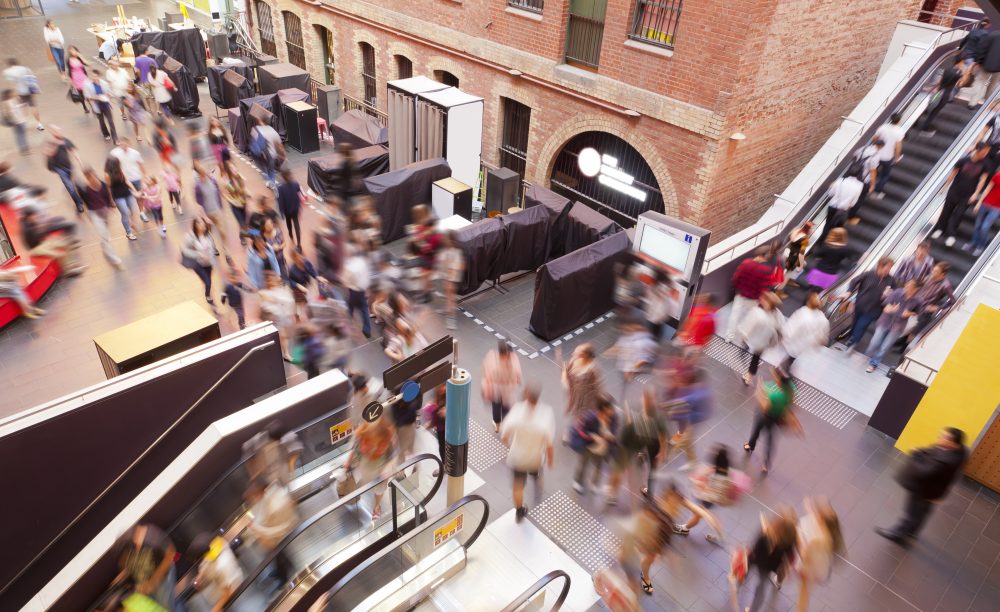What is demand response?
Demand response (DR) is the voluntary reduction or shift of electricity use by customers, which can help to keep a power grid stable by balancing its supply and demand of electricity. It can help to make electricity systems flexible and reliable, which is beneficial if they contain increasing shares of variable renewable energy.
DR is also a quick and cost-effective way to reduce the demand for electricity during peak periods, providing an alternative to increasing the amount of electricity being generated or building new power plants.
DR is commonly used in the USA, Japan, New Zealand and the UK. In some American states it is used to meet over ten per cent of peak demand for electricity. New Zealand began using DR in 2007 and now meets over 16 per cent of peak demand through DR programs.
How does demand response work?
DR typically involves paying some energy consumers to voluntarily cut or shift their use of power to better match supply.
It can lower the amount of electricity required from the grid during peak periods, reducing the likelihood of a blackout, or to shift demand to off-peak periods, or when renewable energy output is high, to use excess electricity more efficiently. It can even help to bring down wholesale electricity prices, which increase when demand is high.
Demand response in Australia
In Australia, demand response is used by grid operators to reduce or shift the demand for electricity or to help keep the grid stable.
Explore demand response resources
How is ARENA supporting demand response projects?
Our purpose is to support the global transition to net zero emissions by accelerating the pace of pre-commercial innovation, to the benefit of Australian consumers, businesses and workers. By connecting investment, knowledge and people to deliver energy innovation, we are helping to build the foundation of a renewable energy ecosystem in Australia.
In 2017, ARENA joined forces with the Australian Energy Market Operator (AEMO) to establish a three-year Demand Response Short Notice Reliability and Emergency Reserve Trader (DR SN RERT) Trial to demonstrate how demand response could play a role in maintaining system security and reliability during periods of extreme demand. Between 2017 and 2020, ten projects were funded in Victoria, South Australia and New South Wales, with the NSW Government contributing funding for local projects
Results from the DN SN RERT trial were considered successful, with the projects delivering more capacity in each successive year, and exceeding the combined contracted capacity of 200 megawatts (MW) by the end of the trial. Overall, the trial has substantially increased market interest and capability in delivering demand response.
Knowledge Sharing
We share knowledge, insights and data from our funded projects to help the renewable energy industry and other projects learn from each other’s experiences.
Read demand response project reports in the Knowledge Bank










